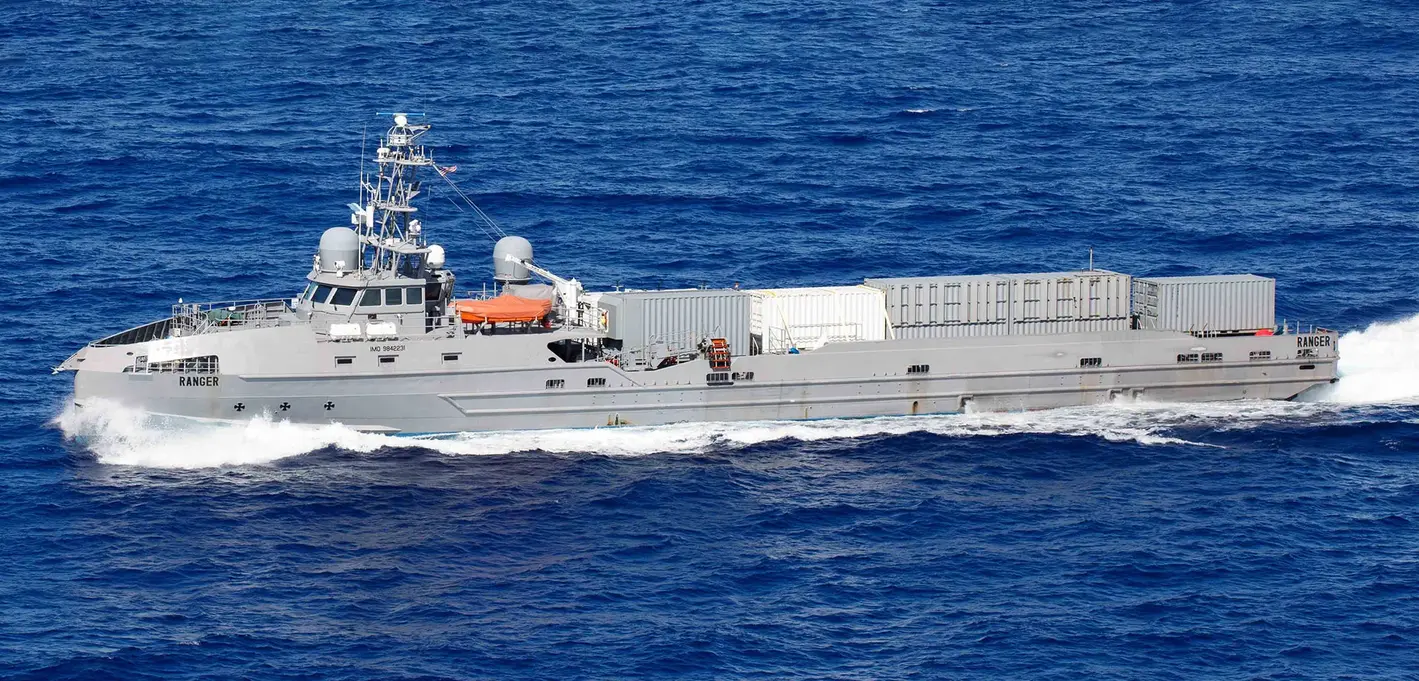T4K3.news
Vulcan Centaur launches experimental military satellite
ULA will launch the NTS-3 payload on Vulcan Centaur from Cape Canaveral during a one-hour window. Watch live.
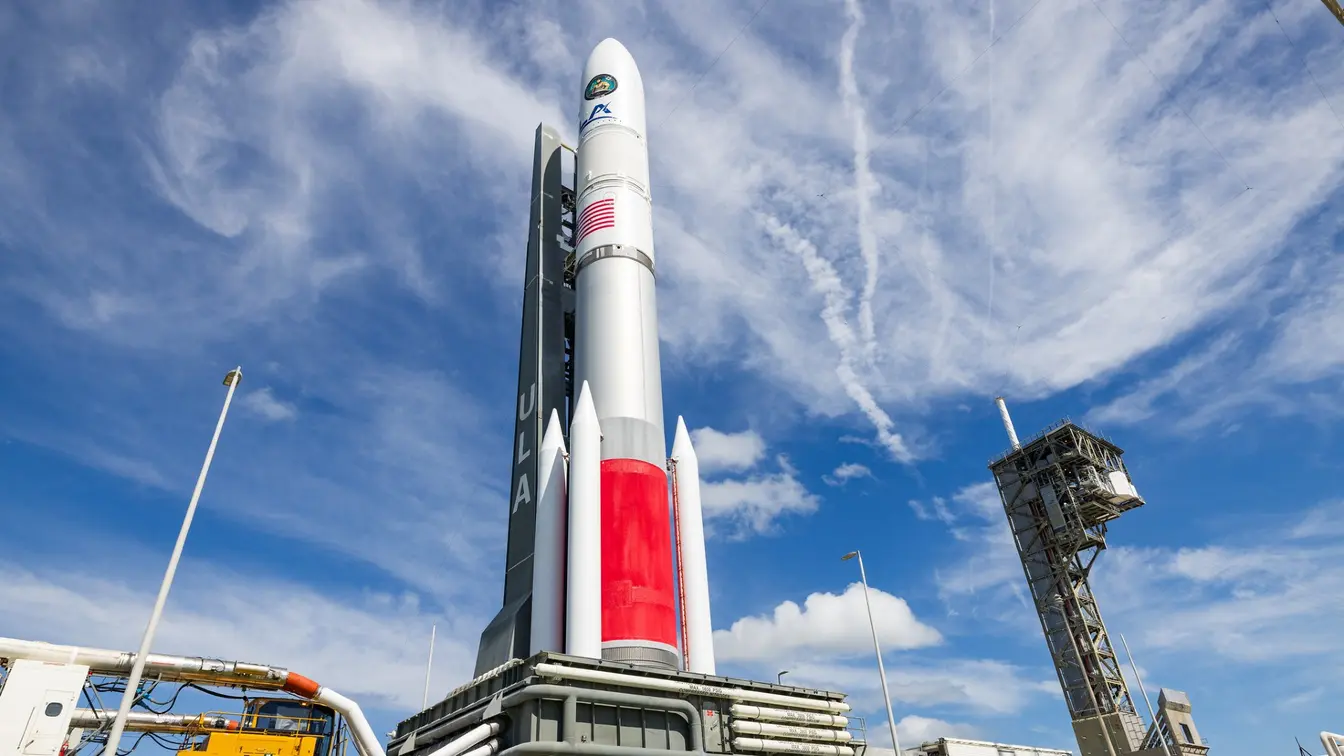
ULA tests a reprogrammable navigation satellite to improve resistance to jamming during a national security mission.
Vulcan Centaur launches experimental military satellite
United Launch Alliance will liftoff the Vulcan Centaur rocket on Aug. 12 from Cape Canaveral Space Force Station. The mission, designated USSF-106, carries Navigation Technology Satellite-3 (NTS-3), an experimental position, navigation and timing satellite built to test anti-jamming and reprogrammable software features.
ULA officials say the mission uses four solid rocket boosters to reach geosynchronous orbit on a long seven-hour flight that will cover about 22,000 miles. The payload aims to advance resilient navigation technology by testing a phased array antenna that can focus beams to ground forces even in contested environments, and by allowing software updates while in orbit. The Space Force has certified Vulcan Centaur for national security launches, despite past anomalies on earlier flights. The mission marks one of the longest flights for the rocket and a rare opportunity to observe new tech in a real test.
Key Takeaways
"This is a truly game-changing capability."
Andrew Builta on the satellite's software and potential impact
"focus powerful beams to ground forces and combat jamming environments,"
Description of the phased array antenna capability
"A software architecture that allows it to be reprogrammed while in orbit."
Onboard software updates and flexibility
This mission spotlights a shift in how the United States tests critical space infrastructure. A reprogrammable satellite could shorten response times to evolving threats, but it also invites heightened scrutiny of defense budgets and the governance of advanced space tech. The project sits at the intersection of military dominance and technological openness, where rapid software updates could reshape decision making in orbit.
Beyond the tech hype, the launch raises questions about cost, accountability, and strategic stability. If NTS-3 proves robust, it could push the timeline for broader use of adaptive navigation systems, with potential ripple effects for civil GPS services, commercial operators, and international partners. The balance between resilience and escalation will likely become a talking point for lawmakers and industry alike.
Highlights
- In orbit, software rewrites the rules of navigation.
- Jamming meets smarter beams and agile software.
- Reprogrammable satellites shift the balance of power in space.
- Beams that cut through jamming environments redefine resilience.
National security aspects of space defense testing
The launch involves sensitive military technology and raises questions about budgeting, transparency, and public reaction. It may invite political scrutiny as defense priorities and space policy evolve.
The coming hours will reveal how far space-based navigation has evolved and what it means for security, science, and civilian technology.
Enjoyed this? Let your friends know!
Related News
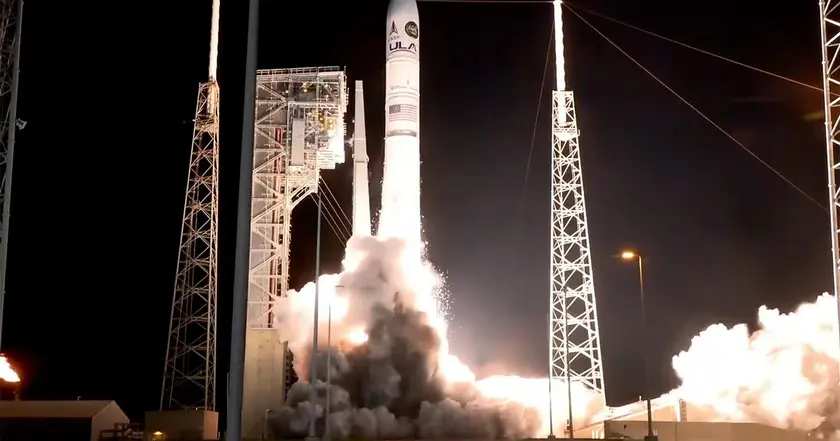
ULA Vulcan lifts off on Space Force sanctioned flight
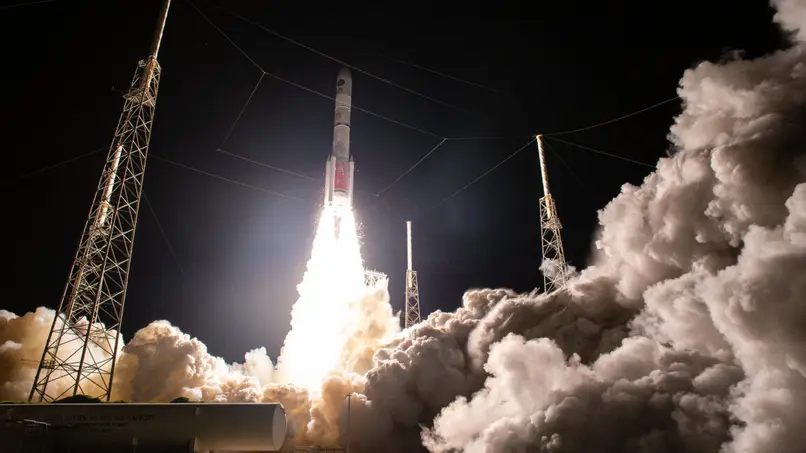
Vulcan launches first operational flight
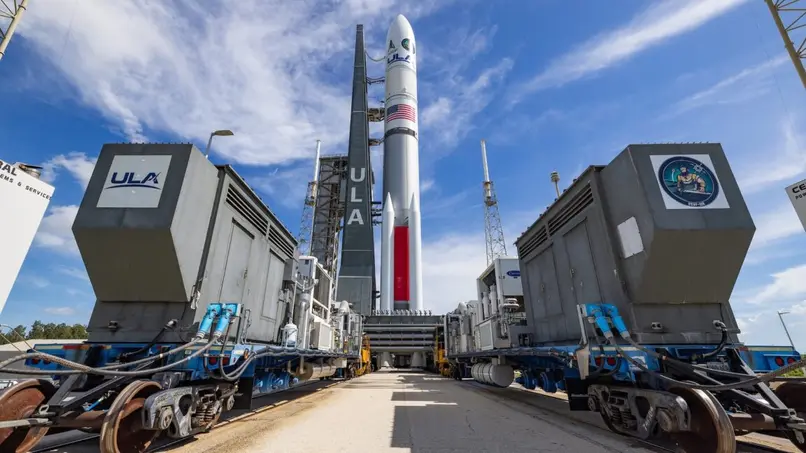
Vulcan rocket to lift national security satellites

Vulcan rocket to conduct military mission next week
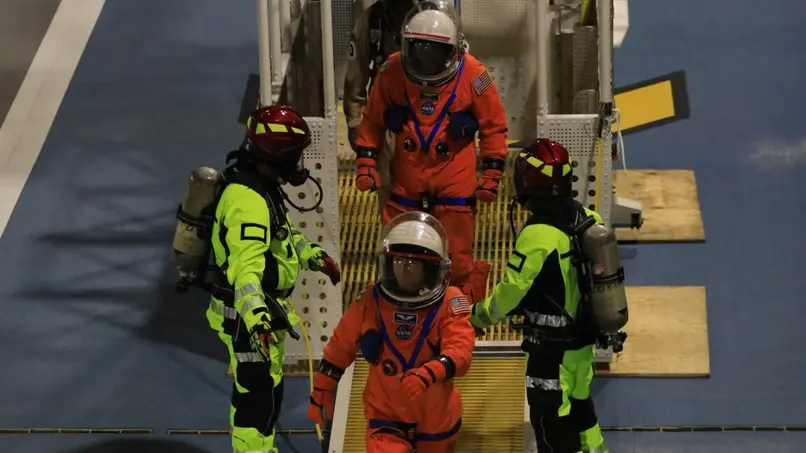
Ariane 6 completes third flight

Spiral light show lights up skies
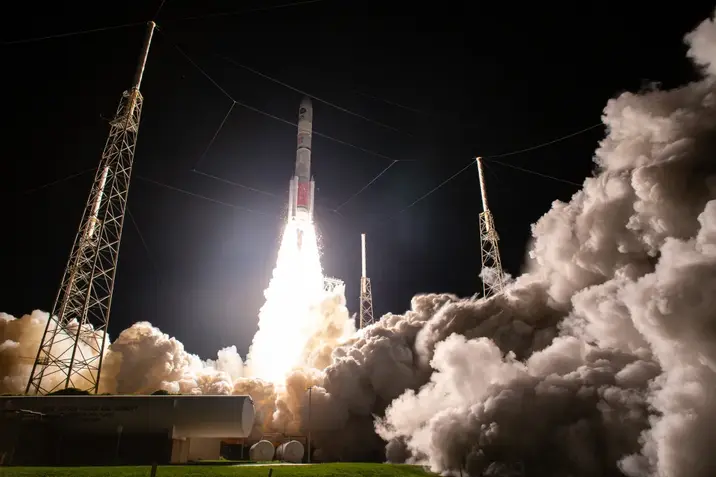
Vulcan launches on USSF-106

Vulcan rocket lights up PA sky
